REPURPOSED TREE FARMS
Issue 2, Winter 2018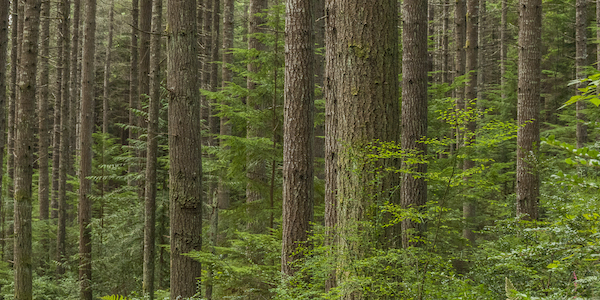
REPURPOSED TREE FARMS
Issue 2, Summer 2019
not too long ago, industrial tree farms were the dominant forest type in the salish sea lowlands
Now, as you walk trails in our forests, you can see the “look” of the forest occasionally change — in both space and time.
In the articles listed below, you can learn stories behind those different “looks” and about some of the fascinating things you can see in our regional forests: from very visible things like owls and stumps, to more abstract things like evidence of forest ecosystem processes.

Forest Stages
by John F. Williams
Winter 2018
This issue of Salish Magazine focuses on forested areas in the Salish Sea lowlands that were once industrial tree farms and are now open to the public. Some are private land, and some have been acquired by municipalities or conservation organizations.
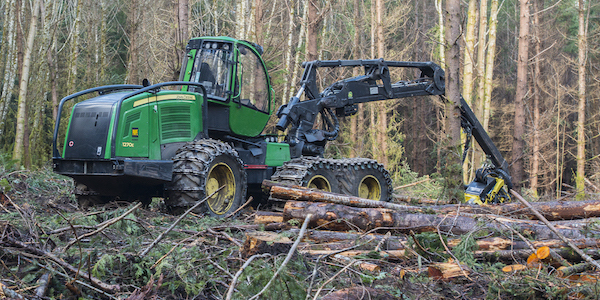
Why Thin
by Arno Bergstrom, Nancy Sefton
Winter 2018
If you’ve walked through one of the public forested areas around Puget Sound, you may have noticed the forest change suddenly as you followed a path. If you haven’t noticed different forest “looks,” keep you eyes peeled next time you venture into the forest.
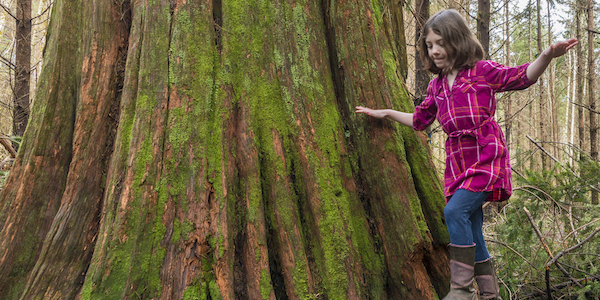
Stump Stories
by Christina Doherty & John F. Williams
Winter 2018
Where trees have been harvested, dead wood normally found in forests is largely missing. In our retired tree farms, ecosystem functions that would be performed by fallen trees are entrusted mainly to the big stumps scattered throughout the forest.
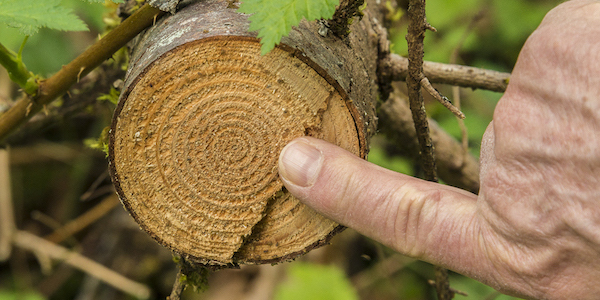
Rings
by John F. Williams
Winter 2018
A common reason informal explorers look at the rings on a cut tree is to learn how old the trees are in that neck of the woods. Like people, a tree’s age cannot be judged simply by its size — there are too many variables. But rings show the age, and other things too.
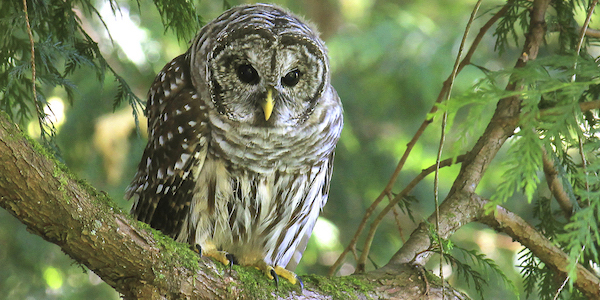
Who Cooks
by Leigh Calvez
Winter 2018
Barred owls are quite striking. The dish-shaped face captures the owler’s attention with large, dark, knowing eyes and a sharp yellow beak. Brown and white concentric circles frame the face, and horizontal bars create a hood-like pattern over the head and neck.
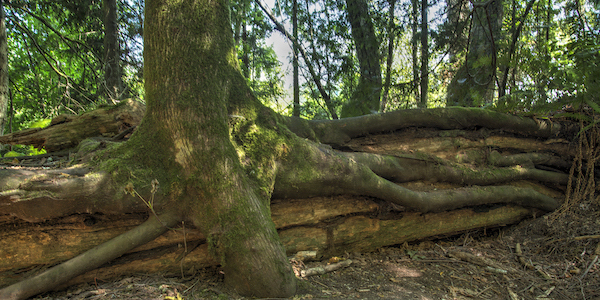
Nurse Log
by Sharon Pegany
Winter 2018
In some charming places, trees and decaying stumps lie on the forest floor in the midst of their thriving offspring. Much like beloved elders gone before, trees on the ground have given up active living, but are still very much present in other ways.
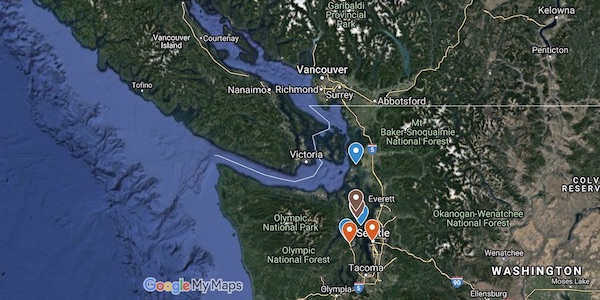
Map-2
by Staff
Winter 2018
Here’s a map of the Salish Sea region with some landmarks highlighted that are relevant to this issue. We extend to you an invite to send us photos & information about additional landmarks you have have visited so that we can add them to the map.
Salish Magazine
Publisher: John F. Williams
Other Valuable Assistance: The list is long but distinguished
SEA-Media P.O. Box 1407 Suquamish WA 98392
info@sea-media.org www.salishmagazine.org
Copyright SEA-Media, 2018. All rights reserved.
Reproduction in whole or in part without consent of copyright owner is strictly prohibited.
SEA-Media is a 501(c)(3) nonprofit corporation
Very Special Thanks to all of the authors, donors, and photographers, as well as:
Courtney Cole-Faso
Sheila Kelley
Susan W. Merrill
Kathleen Thorne
Neva Welton
PLEASE HELP SUPPORT
SALISH MAGAZINE
DONATE
Salish Magazine contains no advertising and is free. Your donation is one big way you can help us inspire people with stories about things that they can see outdoors in our Salish Sea region.
We also don't advertise Salish Magazine, so please spread the word of this online resource to your friends and colleagues.
Thanks so much for your interest and your support.
We also don't advertise Salish Magazine, so please spread the word of this online resource to your friends and colleagues.
Thanks so much for your interest and your support.
